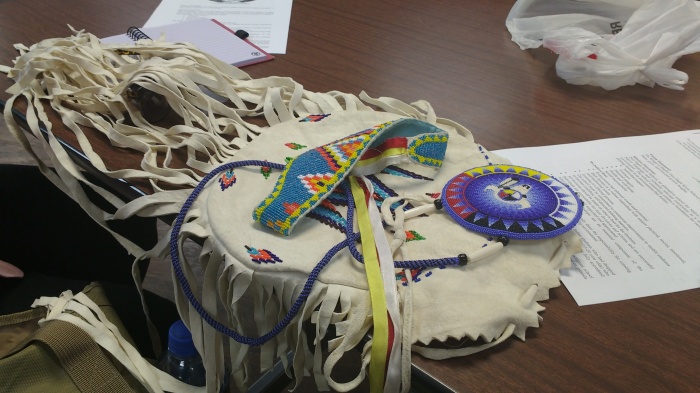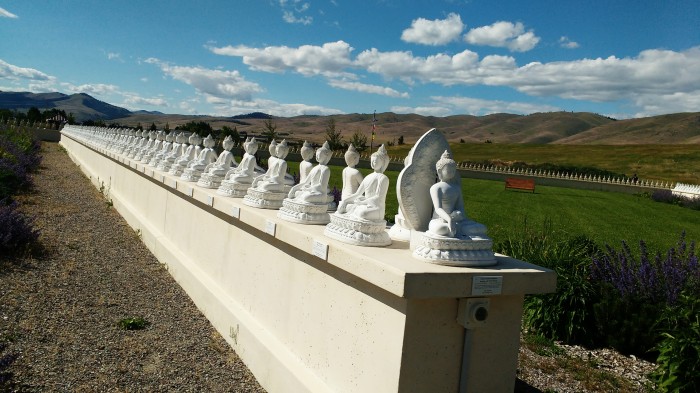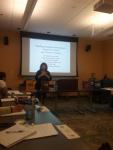Twenty-two days ago, I was in charge of writing the first blog for the SUSI Program, and I felt like I did not have much to write about because I had just been here for one day only. Now I feel the opposite because I have so much to write about that I cannot choose.
As our stay in Missoula is coming to an end, it is for me difficult to say good bye to this beautiful city that has opened its doors to welcome all twenty strangers from different parts of the world with perhaps nothing in common but the language and their passion to share and build knowledge with others. Probably this same passion brought all of us together here, to the heart of Montana so that we can share this great life experience with as many students, coleagues, friends, families as we can back home.
First, I will start with some of the incredible places I have visited while our stay in Montana. It was wonderful to be able to see all these places full of history of marvelous animals and corageous men and women who walked this land. Moreover, the landscapes were fascinating and I felt like I was living that part of history when I saw places such as Garnet Ghost Town, The Travelers’ Rest, Gates of the Mountains, Montana History Museum and Flathead Indian Reservation.
In addition, the visit to Yellowstone was just amazing, and I still can not believe I was there, in that place I heard so much of on TV since I was a child. All these breath-taking places have made me reflect on the importance of keeping a friendly relation with the land and the environment, and that little actions at our homes, schools and community count when it comes to enviromental protection so that we can live in harmony with the planet.
Second, I must admit that some of the activities we did as part of the program represented personal challenges for me because either I was not very athetic or was I too scared to even try new adventures. For this reason, some weeks ago I would have never thought of doing ziplining, wall climbing, riding a bike again, or even hiking. However, now I am glad that I took those challenges because they helped me overcome the fears I had and encouraged me to be more physically active and self-confident from now on.
Third, I would like to write about the projects we have had to work on while staying in Missoula. They have helped me explore other areas of my teaching practice that I had not explored in deep and that I would definitely like to integrate in my clases once I return to my country. Whether it is a Service Learning Project like the one we did this Wednesday at the Poverello Center, or an Environmental Project like the one I am planning to implement with my group of students, will for sure help people in vulnerable situations and the environment as well.
Last but not least, I would like to talk about the people I met in Montana. I have met so many kind and lovely people during these 3 weeks that I am sure I will miss them, starting from the program staff, speakers, school, my wonderful host family, and of course my dear SUSIs. Each one of them has been so important for the program and has contributed in their own particular way to making this a once in a lifetime experience. Besides, I have learnt so much from all of them, and they will always have a special place in my heart.
Finally, SUSI has been a once in a life time experience for me for the reasons mentioned above and many others that will always live in my memory. Thanks to all the ones who made this posible for all of us.





































